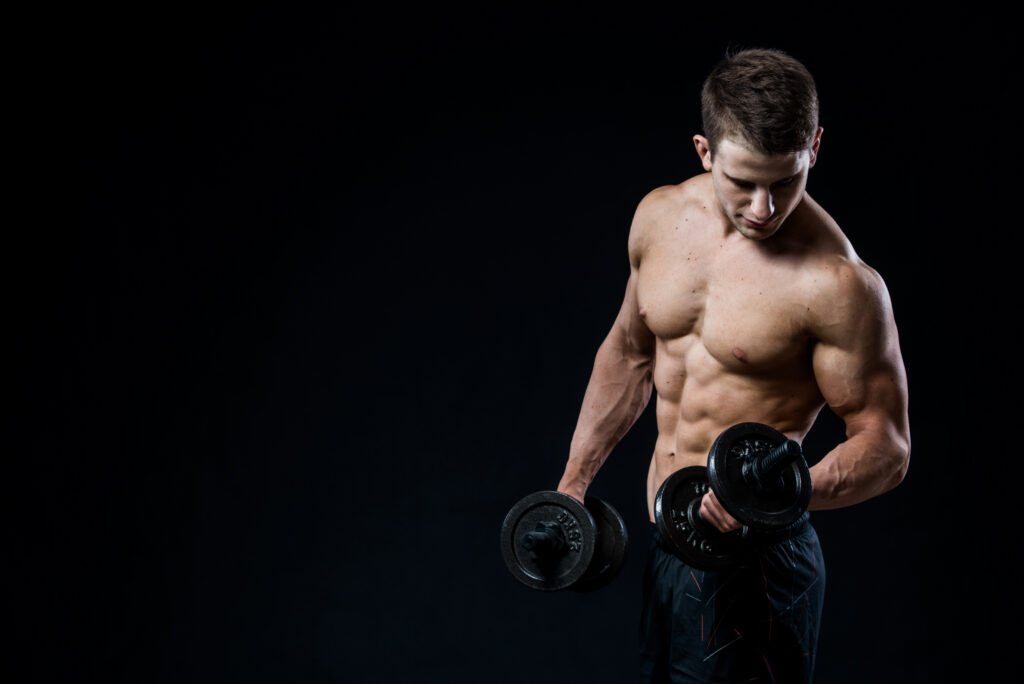Achieving visible veins, often referred to as vascularity, is not solely a matter of a specific body fat percentage. However, body fat percentage is a significant factor. When an individual has a lower body fat percentage, the layer of fat between the skin and the underlying muscles and veins becomes thinner. This thinning makes veins more apparent.
For most men, vascularity in the arms, such as the appearance of veins in the biceps and forearms, starts to become noticeable around 10-15% body fat. However, to see veins in the abdominal region or to achieve the much-desired six-pack look, the body fat percentage usually needs to be even lower, often around 6-10%. Keep in mind that genetics play a role here, and some individuals might see their veins pop out even at slightly higher percentages, while others might struggle to showcase them even at single-digit body fat levels.
For women, the scenario is slightly different due to the natural tendency to have a higher percentage of body fat. Women might start seeing vascularity in their arms and legs at around 15-20% body fat. To see abdominal veins, the percentage would typically need to be between 10-15%. Again, individual genetic variations apply, so these numbers are not set in stone for everyone.
Besides body fat percentage, other factors contribute to vascularity. These include muscle size (larger muscles can push veins closer to the skin surface), hydration status, and even temperature. When you’re well-hydrated, and your body is warm, veins tend to be more prominent.
Remember, while visible veins can be a sign of fitness and low body fat, it’s essential to approach your fitness goals healthily and sustainably. Ensure you’re losing fat and gaining muscle in a balanced way, and avoid drastic measures that could be harmful to your health.

